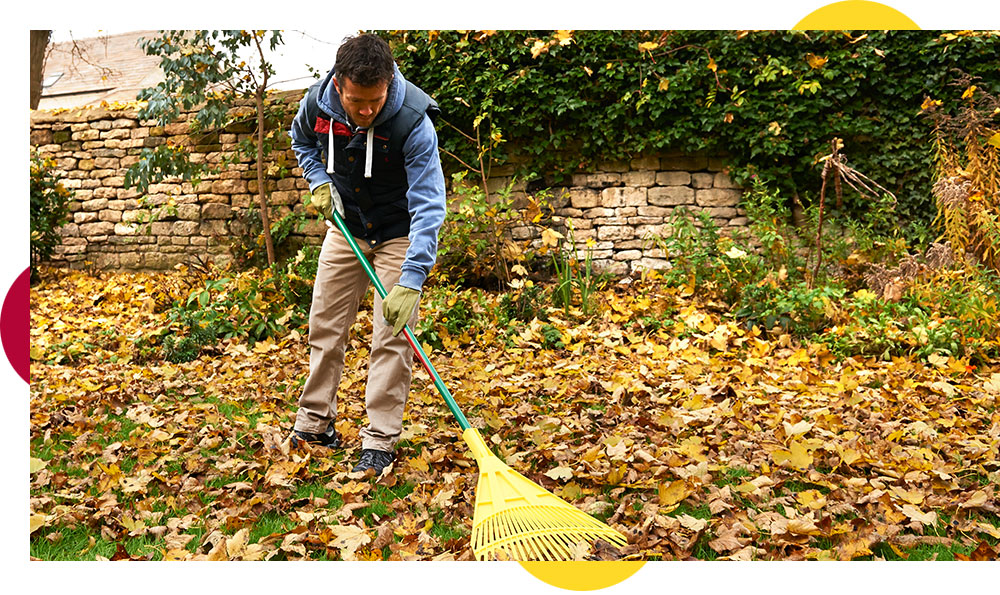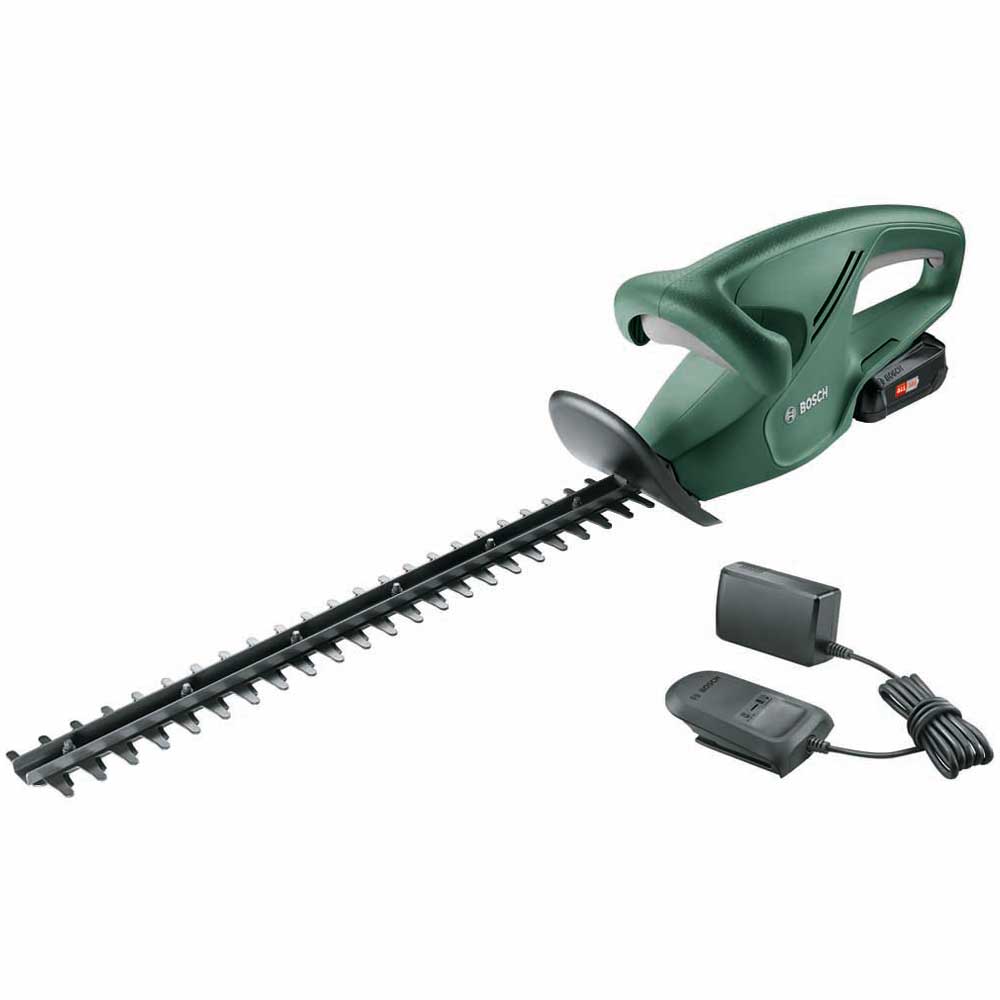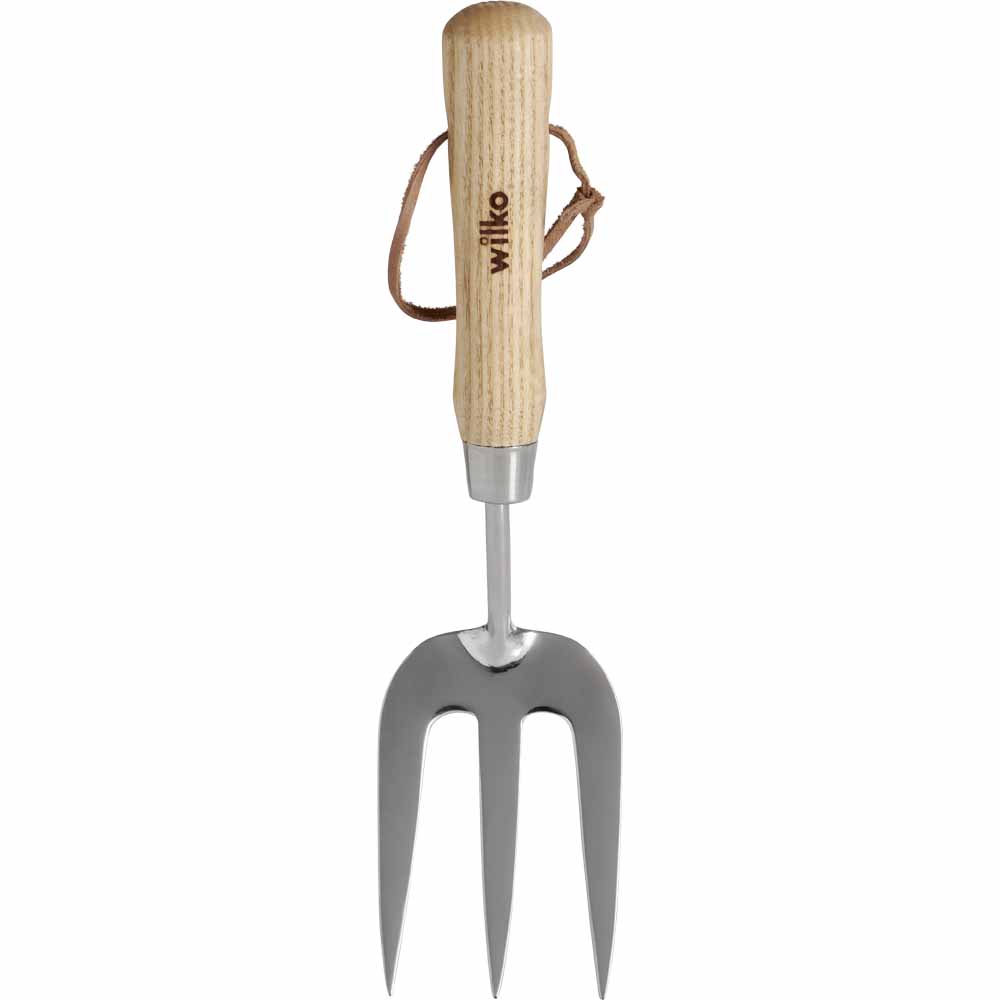

5 steps for prepping your lawn for spring
The long, harsh winter can play havoc with our lovely garden. But all is not lost! If you want to get your lawn back to its luscious best, then take a look at our simple, easy-to-follow steps, just in time for when the warmer weather arrives!

1. Service the lawn mower
Before taking out your lawnmower and putting it to work on your garden, it’s important that you give it some TLC first. Here’s how it’s done…
Your lawnmower’s been stored for a long time so it’s possible that parts may have become damaged. Unfortunately, rodents can play havoc in our sheds in the wintertime, so you should check the power cord for any damage before tuning it on.
Next, look at the blade to make sure that it’s sharp, free from damage and ready for cutting your grass. If not, you’ll need to sharpen or replace it. Make sure to check your manual on how to replace a blade.
As your mower runs, the motor will vibrate, and can cause fastenings to loosen, so check for any loose nuts and bolts. Finally, don’t forget to check for any damage caused to the grass collection bag.
Now your mower has been checked over, make sure you maintain it with each use. It’s important to keep the blade clean to stop damp grass from rusting the blades. You don’t need any specialist equipment or cleaning products - a simple wipe down should be enough to remove any grass that has built up. For tough debris, a stiff brush may be needed.
2. Rake and clear the lawn
Before any mowing starts, it's important to rake up any leaves and check for any rocks or debris hidden in your grass.
It'll help prevent any obstacles for your mower and stop any potential damage to your mower blade. Rocks can blunt your blade, break it completely, or in worst cases, a hidden rock may ricochet off your mower or blade.
You can lift debris and rocks from your lawn with a durable rake. Once you've lifted the debris and rocks from the ground, make sure it’s all picked up.
Top tip – use a leaf blower to quickly move leaves.
3. Mow the lawn
Now the grass is nice and cleared you can start cracking on with the mowing!
When mowing your lawn for the first time in a long time, you should follow the one third rule – try not to cut more than a third of the blade of grass off in one go because it can cause your grass stress if you cut more than this. You can adjust the blade by following the manual for guidance.
Your lawn probably won’t be to your desired length just yet, but over the new few weeks you can start to gradually reduce the grass length until it’s reached the length you want. But remember, don’t go too short, as it can lead to stress and disease.
Now you’ve cut all the grass, it’s time to trim the edges. A grass strimmer is the best job for this. If you don’t have one, garden shears will work just as well too.
Top tip – if you have new grass that’s grown from seed, it’s best to wait until the grass has grown over three inches before giving it a trim so it builds up some strength.
4. Get scarifying!
Spring is the best time to get scarifying the lawn. Not sure what scarifying is? It’s much less complicated than you might think. Scarification, simply put, is the removal of surface thatch from your lawn. And what’s surface thatch you ask? Surface thatch is a mix of old and dead grass that occurs naturally but when it gets too thick it can stop important nutrients getting down to the grass roots, causing a mossy, spongy lawn.
You can easily remove surface thatch by using a spring tine leaf rake. That being said, it does require hard work. So, if your lawn is rather large, you may want to invest in a scarifying machine.
Whilst you’re putting in the effort to scarify your lawn, look out for unsightly weeds and dig them out where you can, using a hand fork and trowel.
5. Feed the lawn
Now your grass has been raked, mowed, scarified and weeded, it’s time to finish with a good lawn feed. Lawn fertiliser will make the grass greener and make it grow thicker all while increasing its strength, meaning your lawn will be able to compete better with weeds, moss and weather-related stresses.
A granule fertiliser is best to use for springtime. It’ll feed your lawn slowly as new growth begins. When summer approaches, switch to a liquid feed for a faster input of nutrients.
Have any patchy, bare areas on your lawn? It may need over-seeding, so just pop some grass seed down in those areas. Check the packaging on the over-seed dosage recommendation. Make sure you water the seed regularly until it’s established.
And there you have it – a healthier lawn in time for spring, in five simple steps!
Have any lawn tips for us? Let us know over on our social channels; Facebook, Instagram, Twitter or TikTok




